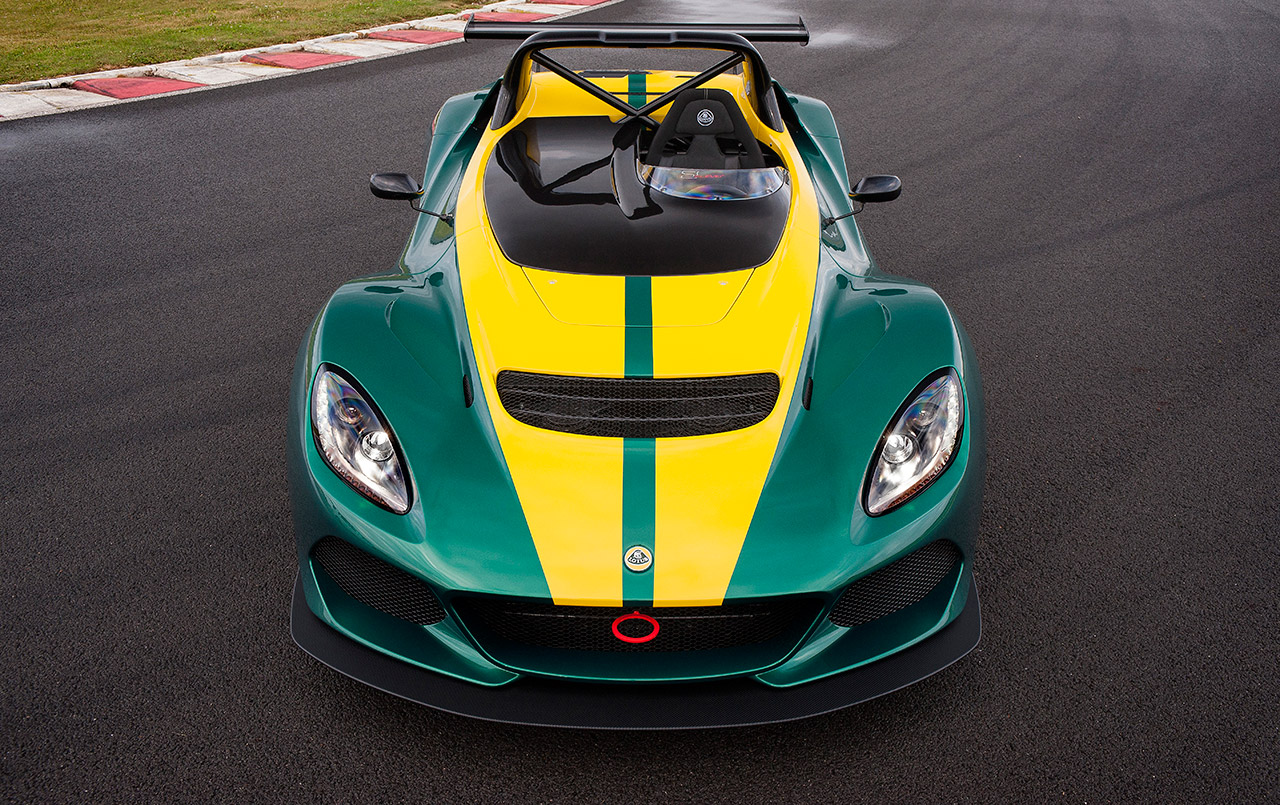
A glass and carbon fiber epoxy resin system from Hexion Inc is being used to make composite automotive panels on the Lotus 3-Eleven supercar.
Using the system has resulted in weight savings of 40% over other Lotus models, the company claims. The lightweight body panels enable the high-performance road car to weigh in at under 900 kilograms, with a power to weight ratio in excess of 500 horsepower per ton. The 3-can accelerate from zero to 60 miles per hour in less than three seconds and can reach speeds of 180 miles per hour.
The system uses a preform binder which is applied during the layup of glass fiber reinforcement in panel molds to fixate the fiber in the desired shapes. Then the heated mold tools are pressurized and infused with a custom epoxy resin system at high pressure. By controlling the temperature, flow and pressure of the resin through the molds, Hexion's process minimizes the amount of resin required.
‘This new process is a first for a production car, and an example of Lotus' focus on utilizing pioneering new technology and lightweight materials in its vehicles,’ said Jean-Marc Gales, CEO of Lotus.
This story is reprinted from material from Hexion, with editorial changes made by Materials Today. The views expressed in this article do not necessarily represent those of Elsevier.





